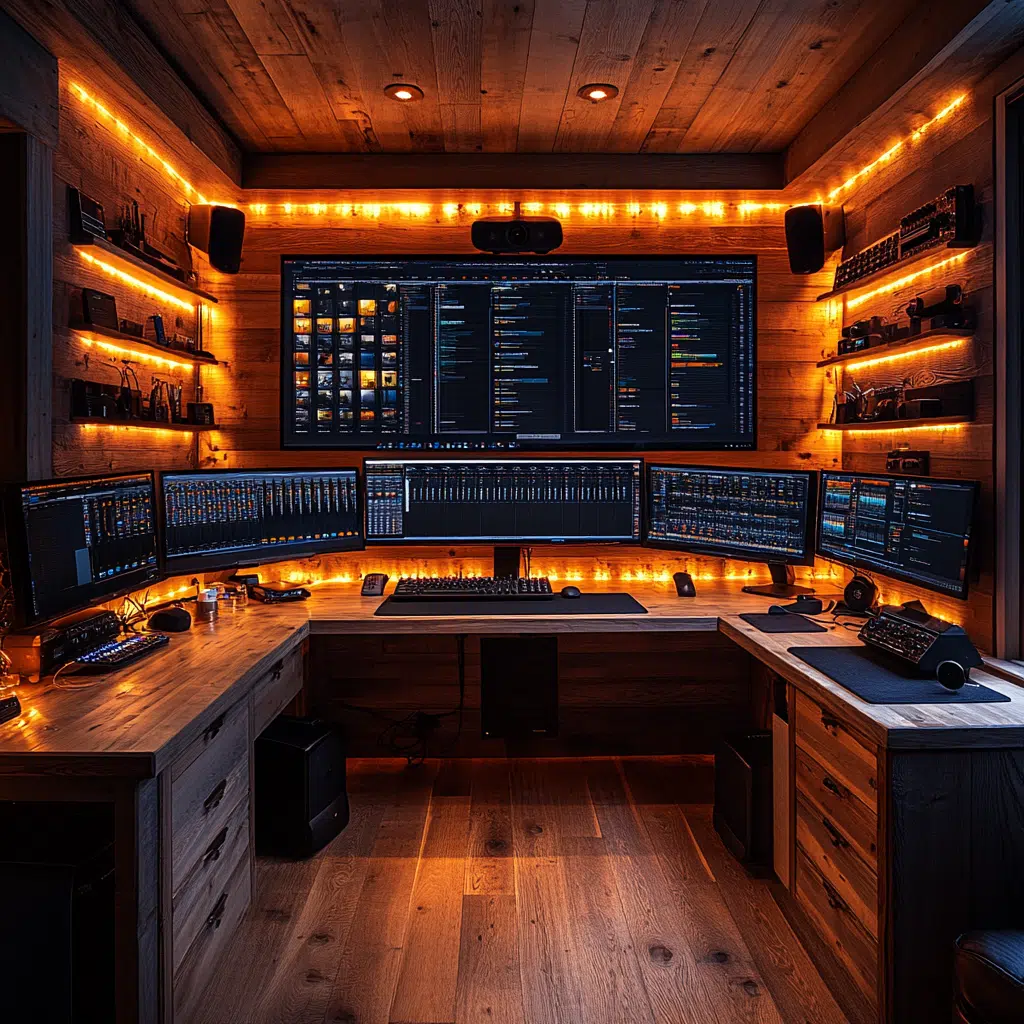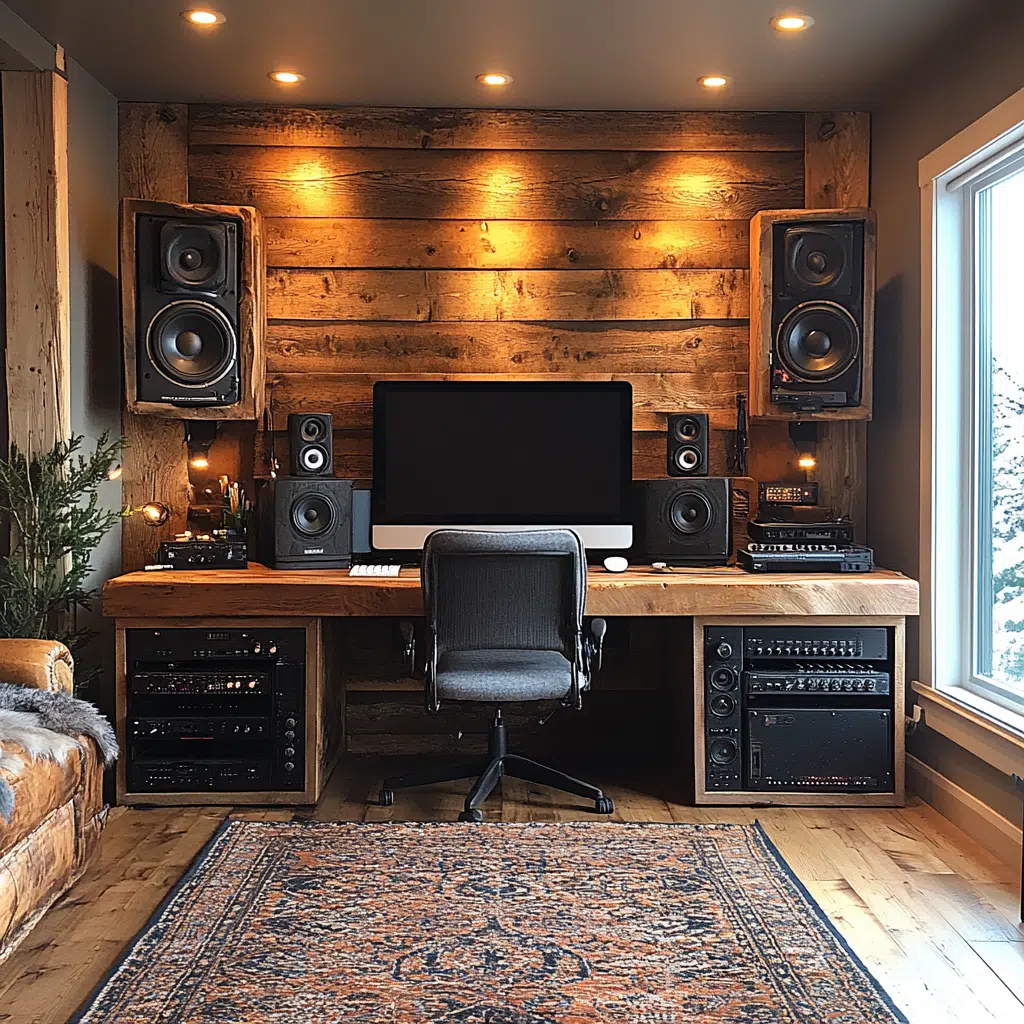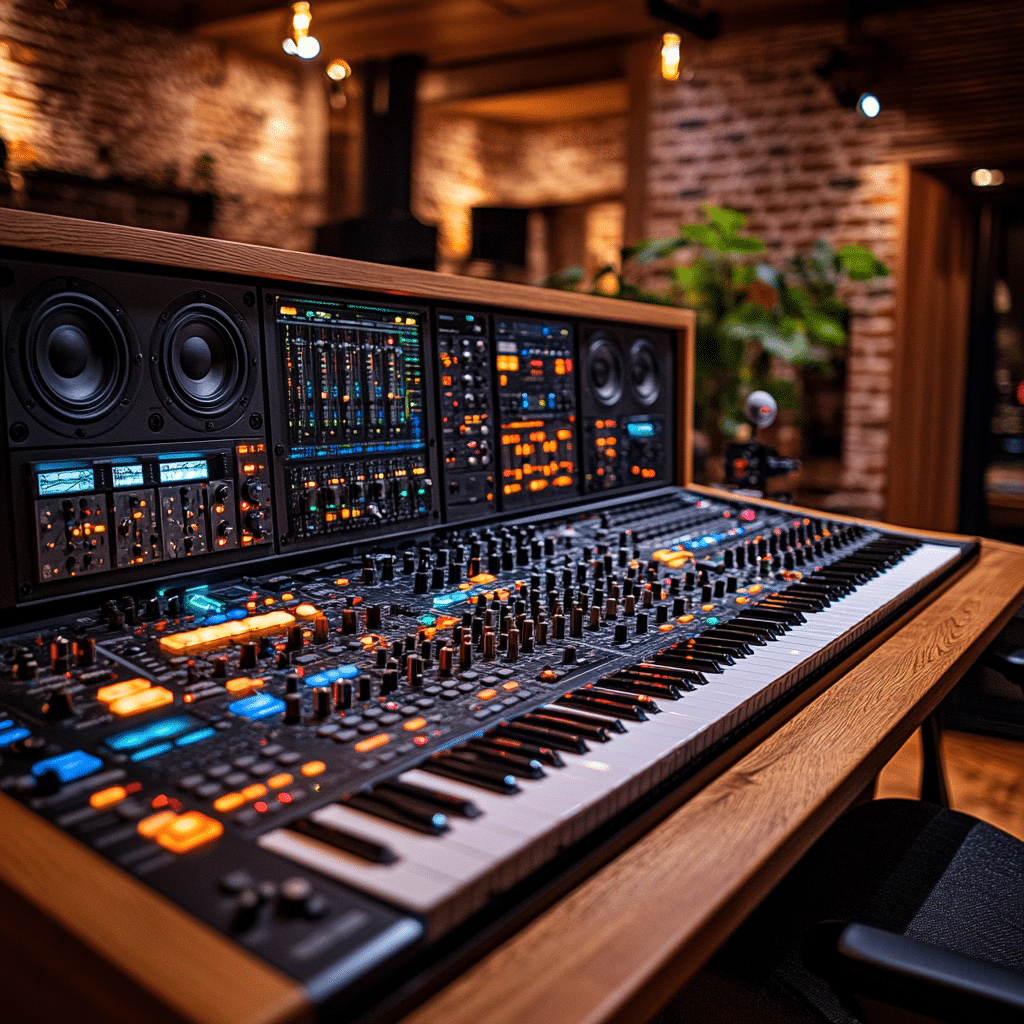In today’s rapidly changing film industry, remote audio post-production in Canada is not just a trend; it’s a revolution. From Toronto to Vancouver, Canada is leading the charge with its innovative approaches to sound design. This boom is not just reshaping how sound is crafted for TV and film; it’s setting new standards of excellence. So, what makes Canada such a powerhouse in this field? Let’s unpack the journey and what it offers filmmakers globally in 2024.
Historical Evolution of Remote Audio Post Production Canada
Canada’s sound editing legacy is storied and robust. Way back in the analog days, sound editing was all about hands-on work. Fast forward to today, and Canada’s spirit of innovation has led to sophisticated remote systems that define the industry. The shift, steeped in a commitment to quality and technology, showcases Canada’s consistent efforts to blend tradition with modernity. Since the early days, much like the fascinating story of Gypsy Rose blanchard, the evolution has kept audiences gripped.
Advantages of Remote Audio Post Production in Canada
The allure of remote audio work is compelling, with Canada’s infrastructure providing a stellar backdrop:
| Category | Details |
| Services Offered | – Sound Design – Dolby Atmos Mixing – Foley Recording – Dialog Editing – Audio Restoration – Original Music Composition |
| Popular Tools & Software | – Pro Tools – Logic Pro X – Ableton Live – Adobe Audition – iZotope RX – Nuendo |
| Price Range | – Hourly Rate: CAD $50 – $150 – Project-based Rates: Customized quotes based on project requirements |
| Key Benefits | – Access to Experienced Professionals – Flexible Scheduling – Cost-Effective Solutions – High-Quality Standards – Fast Turnaround |
| Target Clients | – Film and TV Producers – Advertising Agencies – Video Game Developers – Independent Filmmakers – Corporate Media Producers |
| Notable Companies | – Tattersall Sound and Picture – Clean Cuts – Sound Dogs Toronto – NovaSound, Inc. – UrbanPost Production |
| Remote Collaboration | – Use of High-speed Internet for File Transfer – Cloud-based Project Management (e.g., Frame.io, Dropbox) – Real-time Feedback via Video Call |
| Industry Trends | – Increased Demand for Spatial Audio (e.g., Dolby Atmos) – Growth of VR and AR Applications – Integration of AI in Audio Restoration |
| Challenges | – Ensuring Reliable Internet Connectivity – Managing Time Zone Differences – Maintaining Client Communication and Feedback Loop |
Top Companies Leading Remote Audio Post Production in Canada
Several key players dominate the Canadian scene, turning ideas into auditory masterpieces:
Case Studies: Successful Projects Featuring Remote Audio Post Production
Real-world applications underscore the transformative power of remote audio solutions:
Challenges and Solutions in Remote Audio Post Production Canada
The journey hasn’t been without hurdles. Canadian companies addressed challenges like pros:
Future Trends in Remote Audio Post Production
With an eye on the horizon, the future holds exciting trends:
Final Reflections: The Road Ahead for Remote Audio Post Production Canada
The booming sector of remote audio post production in Canada symbolizes a commitment to pushing boundaries. With technological prowess and creative ingenuity, filmmakers and sound professionals find countless opportunities. As Canadian companies continue to innovate, they’re not just staying ahead; they’re redefining the audio landscape. It’s a thrilling ride into the future, where high-quality sound promises to elevate every cinematic journey.
Remote Audio Post Production Canada Mastery
A Symphony of Virtual Creations
In remote audio post production, Canada is carving out a niche that’s both fascinating and transformative. Did you know that some creators are tapping into demon slayer season 5 release date dimensions to inspire new soundscapes? It’s all about blending cutting-edge tech with age-old storytelling. This approach to audio design presents an intriguing fusion of innovation and tradition, pushing boundaries while honoring the roots of sound art. With Canada’s vast and varied landscapes as a backdrop, it’s no wonder that artists produce harmonious audio solutions that echo across the digital ether.
The Artistry Behind the Scenes
Now, let’s pull back the curtain on the artistry in Remote Audio Post Production Canada. It’s fascinating how creators seamlessly integrate natural sounds into their projects, blending them with digital illusions to craft layered auditory experiences. Picture this: a whisper of the Rockies in your soundtrack mixed with electronic beats can paint cinematic masterpieces. Canadian creators are not afraid to experiment, and it shows! This willingness to innovate has turned the country into a remote haven for sound designers and composers alike, where new ideas are always blossoming.
Canadian Collaboration Across Miles
Working remotely doesn’t mean working alone. Canada’s remote audio post production scene stands as a beacon of collaboration across miles. People from all over the globe come together virtually, sharing their unique insights and skills. This interconnectedness fosters a melting pot of creativity that continually regenerates, ensures diverse artistic expressions are heard, and cultivates fresh ideas. As they say, ‘two heads are better than one,’ and clearly, Canada takes this to heart. With technology bridging gaps, Canadian audio maestros are setting a new benchmark in global sound design.
Trivia That Tells a Story
For a fun fact, did you know many Canadian audio experts also double as musicians and artists? This diverse skill set influences their audio post production work, allowing them to bring added depth and creativity to each project. It’s a creative synergy that resonates powerfully, forming a rhythm that’s unmistakably Canadian yet universally appealing. With each project, Canada’s remote audio post production continues its march toward creating sound worlds that captivate audiences worldwide, combining the chaos of creativity with the harmony of collaboration in the most delightful ways.
How much does sound post production pay?
Salaries for sound post-production roles can vary widely. Entry-level positions might start around $30,000 to $45,000 per year, while experienced sound designers or mixers can earn upwards of $75,000 to over $100,000 annually. Freelancers might charge anywhere from $20 to $80 an hour, depending on their experience and project demands.
How much does post-production audio cost?
The cost of audio post-production can differ based on the project’s scale and complexity. A simple indie project might range from $500 to $5,000, whereas larger productions, like feature films, could cost anywhere from $10,000 to $100,000 or more for comprehensive sound services.
How do I get a job in audio post production?
Breaking into the audio post-production world often starts with education and training. Pursue a degree or courses in audio engineering, music production, or sound design. Networking is key, so attending industry events, joining forums, and connecting with professionals can open doors. Gaining experience through internships or entry-level roles in studios can also lead to a career in this field.
What does audio post production do?
Audio post-production is all about taking the raw audio tracks recorded during film or TV production and enhancing them to professional quality. This involves editing, mixing, adding sound effects, and balancing dialogue or music to ensure that everything sounds polished and harmonious. The goal is to create an immersive audio experience that complements the visual elements.
How much does post-production pay in USA?
In the USA, post-production roles can pay quite differently depending on the job and location. Entry-level positions might see annual salaries starting from $30,000, while experienced professionals can earn from $60,000 to over $100,000 a year, sometimes more if they’re involved with high-budget projects or have a strong reputation in the industry.
Is post-production a good career?
Post-production can be a rewarding career for those passionate about film, television, and sound. It’s a field that offers creative challenges and the satisfaction of contributing significantly to a project’s final look and feel. There’s a learning curve, and like any creative industry, it can be competitive, but with dedication and skill, it can be very fulfilling.
How long does audio post-production take?
The time audio post-production takes can vary greatly depending on the project’s complexity. For simple tasks, it might take a few days, but for intricate projects like feature films, it can extend to several weeks or even months. The timeline also depends on how soon feedback is provided and revisions are made.
Is post-production expensive?
Post-production can get pricey, especially with high-quality sound design, color correction, and visual effects involved. Costs can range from a few thousand dollars for smaller projects to hundreds of thousands for major films. However, budgets often reflect the level of quality and experience of the professionals involved.
How much should an audio engineer charge per hour?
Audio engineers typically charge based on their experience and the project’s requirements. Rates can range from $20 to $80 per hour. High-demand audio engineers with extensive experience on major projects might charge more, reflecting their expertise and the value they bring to a production.
How to get started in post-production?
Starting in post-production often means taking courses in relevant software and techniques, as well as finding entry-level jobs or internships in studios or production companies. Gaining experience is crucial, so taking on small freelance jobs or student projects can help build a portfolio.
How do I start a career in audio production?
To begin a career in audio production, education in audio engineering or a related field is beneficial. Many professionals start with internships or assistant roles in studios to learn the ropes. Building a portfolio of your work, networking with industry contacts, and staying updated on the latest technology and trends will give you an edge.
What is the job outlook for audio production?
The job outlook in audio production is steady, with growth linked to the multimedia and entertainment industry’s expansion. As more content is produced for various platforms, the demand for skilled audio professionals continues to rise, offering good opportunities for those entering the field.
How much is post production audio budget?
Budgets for audio post-production depend on the project size and scope. While smaller indie films might allocate around $5,000 to $10,000, larger studio projects could budget anywhere from $50,000 to $200,000 or more, including costs for sound design, mixing, Foley, and ADR.
How to work in post production sound?
Getting into post-production sound involves building skills in sound editing and mixing through education and practical experience. Begin with courses or workshops, then pursue internships or entry-level jobs to gain industry exposure. Networking and showcasing your work can also open up career opportunities.
Is audio production a good degree?
A degree in audio production can be a good investment for those serious about entering the field. It provides technical skills and theoretical knowledge, plus access to industry-standard equipment and software. However, practical experience and networking are equally crucial for success in this competitive space.
How much do audio productions make?
Income in audio production can vary significantly. Entry-level positions might start around $30,000 annually, but experienced producers in successful studios or busy freelancers can earn $60,000 to over $100,000 a year. Earnings can increase with a strong reputation and by taking on more prominent projects.
What does a sound designer do in post-production?
Sound designers in post-production are responsible for creating the auditory elements that accompany films, games, and other media. This involves everything from designing sound effects and atmospheres to mixing and balancing dialogue, music, and effects to enhance the storytelling.
How to work in post-production sound?
Audio producers’ salaries vary, but on average, they can earn from $40,000 to $75,000 annually. Those with extensive experience and strong industry connections may earn more, especially when working on high-profile projects or within large media companies.



